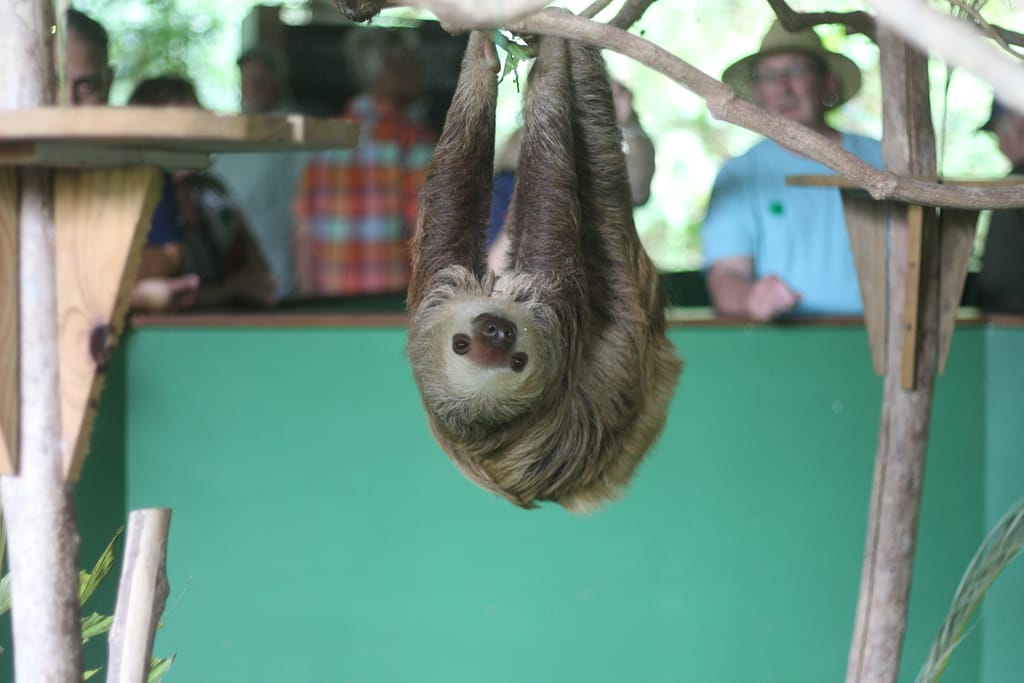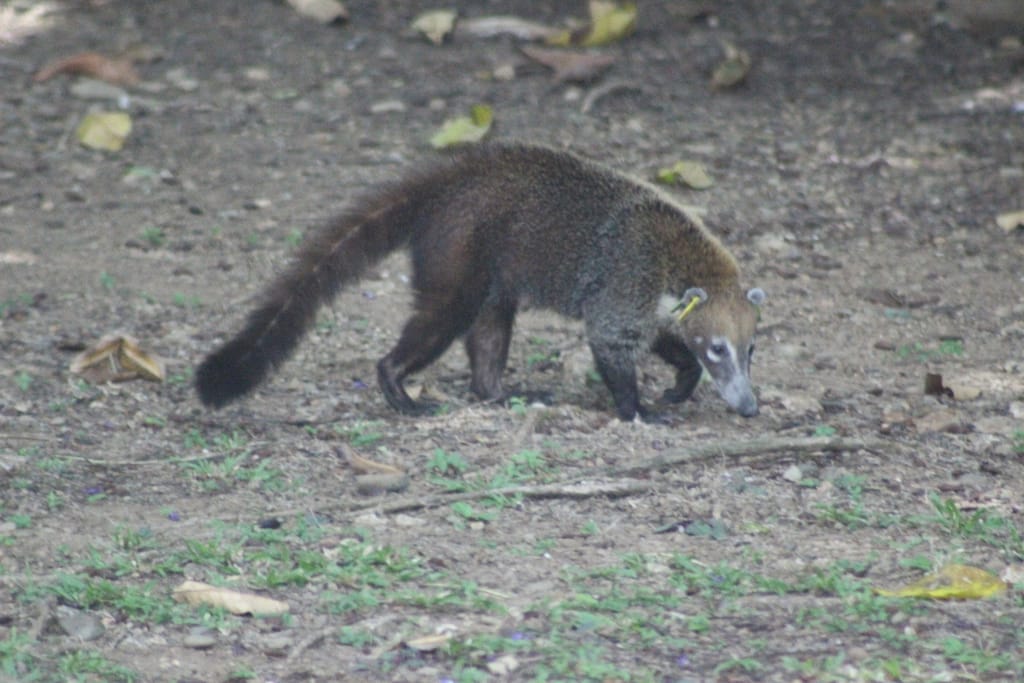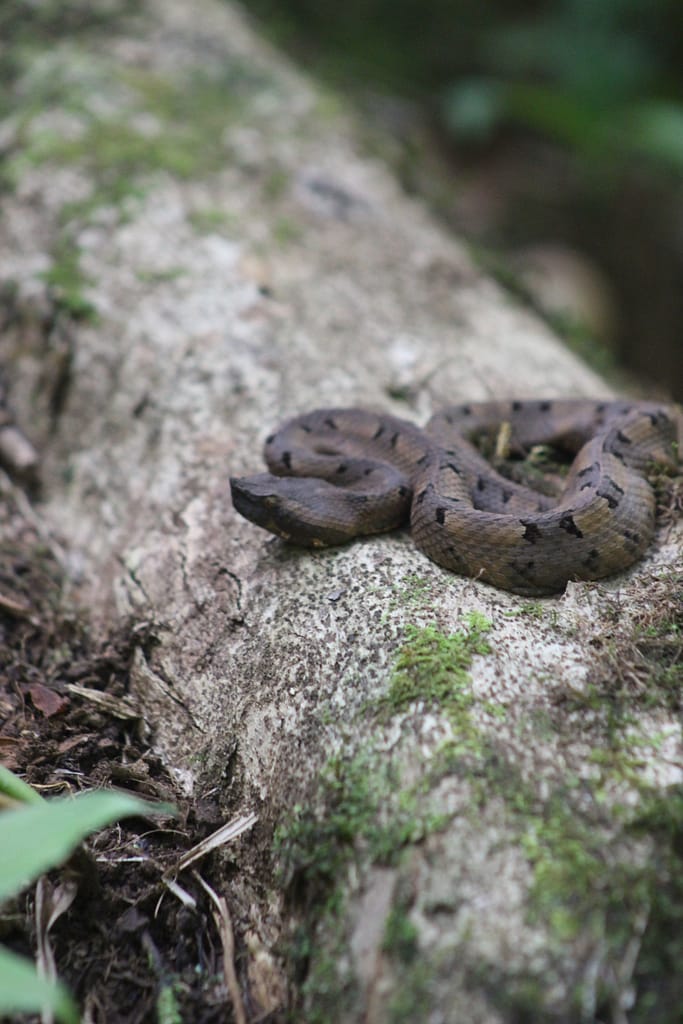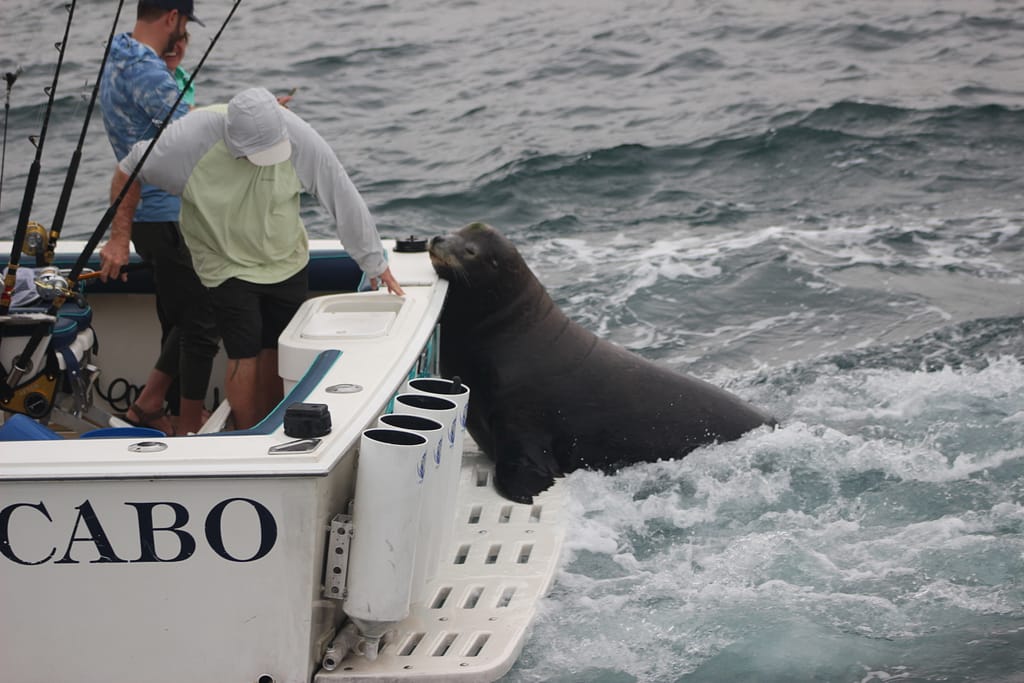The forests, wetlands, and waterways of South and Central America deliver a plethora of wildlife for one to enjoy.
Two Toed Sloths


On our last adventure from Ft. Lauderdale, Florida to Las Angeles, California, we had the opportunity to visit the Gamboa Sloth Sanctuary and Wildlife Rescue Center in Colon, Panama. If you like the slow and relaxed way of life, then the two toed sloth is your spirit animal. The name “two-toed sloth” was intended to describe an anatomical difference between the genera Choloepus and Bradypus, but it’s kind of misleading. Two-toed sloths (Choloepus) do have two toes on their front limbs but actually have three toes on their rear limbs. Three-toed sloths (Bradypus) have three toes on all of their limbs.
Sloths are truly some sweet, gentle creatures. Sloths can’t walk due to their low metabolic rate and specialized muscle structure. So, they spend most of their time just hanging around upside down. They pull themselves along slowly through the branches and trees of the rainforest. Oh wouldn’t that be the life, nothing to do but relax and just go with the flow.
Menelaus Blue Morpho Butterfly

Butterflies are some of the most beautiful creatures in nature. From calm whites and blues to bright yellows and oranges, butterflies have display a wide variety of colors for us to enjoy. The Menelaus Blue Morpho is no different with its bright blue stripes fading into black. It is truly a marvel to behold. Taking this shot was especially difficult as these beautiful creatures don’t stay still for long. They flutter about and move constantly. To say they are quick is the understatement of the century. But every now and then one will land to take a break just as we should do in life. Take a step back, relax, and enjoy a moment of peace.
Nasua – White-nosed Coati

The Nasua, also known as the white-nosed coati lives in a habitat ranging from Arizona to western Columbia and Ecuador. While they resemble our American racoon, these creatures inhabit areas from tropical lowlands to dry, high-altitude forests. Their unique marking help to keep them camouflaged in the trees, where they spend most of their time.
Nasuas are diurnal animals, primarily active during the day, and are known for their social nature. Often Nasuas live in groups called bands, which can consist of females and their offspring while males might live more solitary lives or occasionally join these groups. They’re very agile climbers and spend most of their time in trees foraging for food.
Nasuas are omnivores meaning they’ll eat just about anything, but they primarily stick to insects and fruit and will travel up to just over a mile to get that luscious snack. They forage by keeping their muzzle down close to the forest floor and sniff around to find beetles, spiders, scorpions, ants, termites, grubs, centipedes, and even land crabs.
While Nasua in general are not endangered, certain threats such as habitat destruction, hunting, and the pet trade can affect their population in certain areas.
Ian’s Pit Viper

One of the more notorious creatures we encountered while on this adventure was the Ian’s pit viper we came across while taking a walk in the clouds in Costa Rica. Also known as Ian’s palm-pit viper, they are very small compared to other snakes at only 18-30 inches when fully grown.
While they are venomous, and they aren’t overly dangerous to humans, their bite is known to cause tissue damage and disrupt blood clotting in their victim. In other words, it is best to stay clear of the little guys when out in their habitat. As with any snake species, caution and respect are advisable when encountering them in the wild due to their potential venomous nature.
Ian’s pit viper, like many other snakes, plays a role in its ecosystem by controlling small mammal and reptile populations and contributing to the balance of their natural habitat.
A Sea lion Says Hello

The last photo in this gallery was more for the laughs than anything, and this sea lion definitely obliged. As we were coming in to Cabo San Lucas, we were greeted by this hungry and smart sea lion, who had climbed up on the back of this boat to ask for a fish. Some may say he was being lazy but is he being lazy or smart? There is an old saying, “Work smarter, not harder”. Personally, I think this big guy is doing just that and making these fishermen’ day in the process, as well as all those on our boat who got to witness this encounter.





